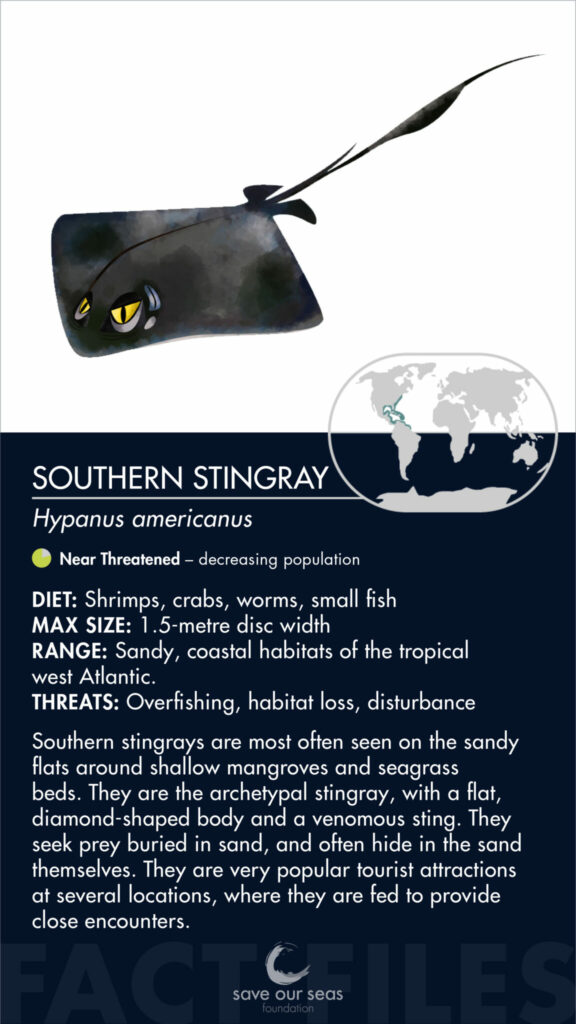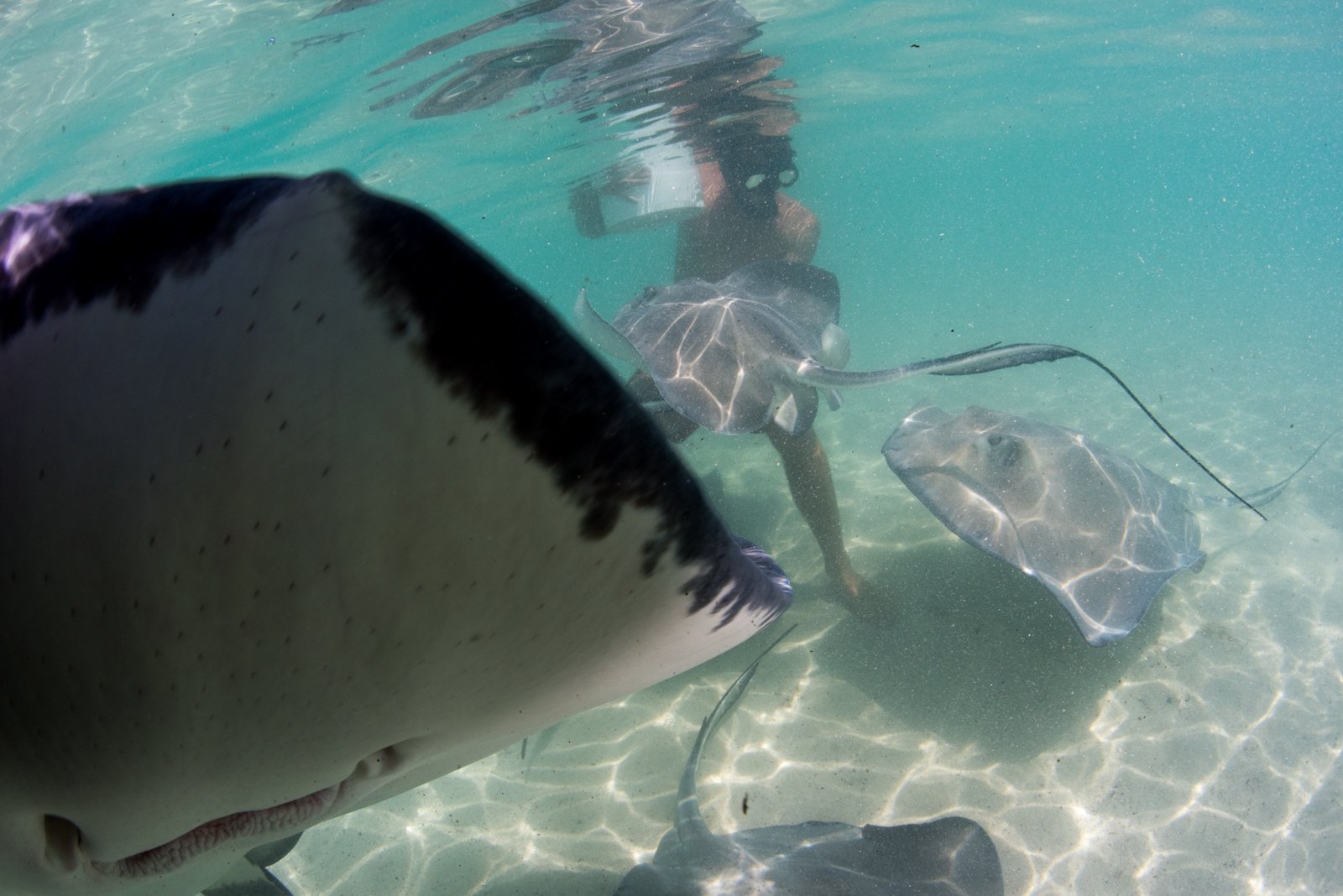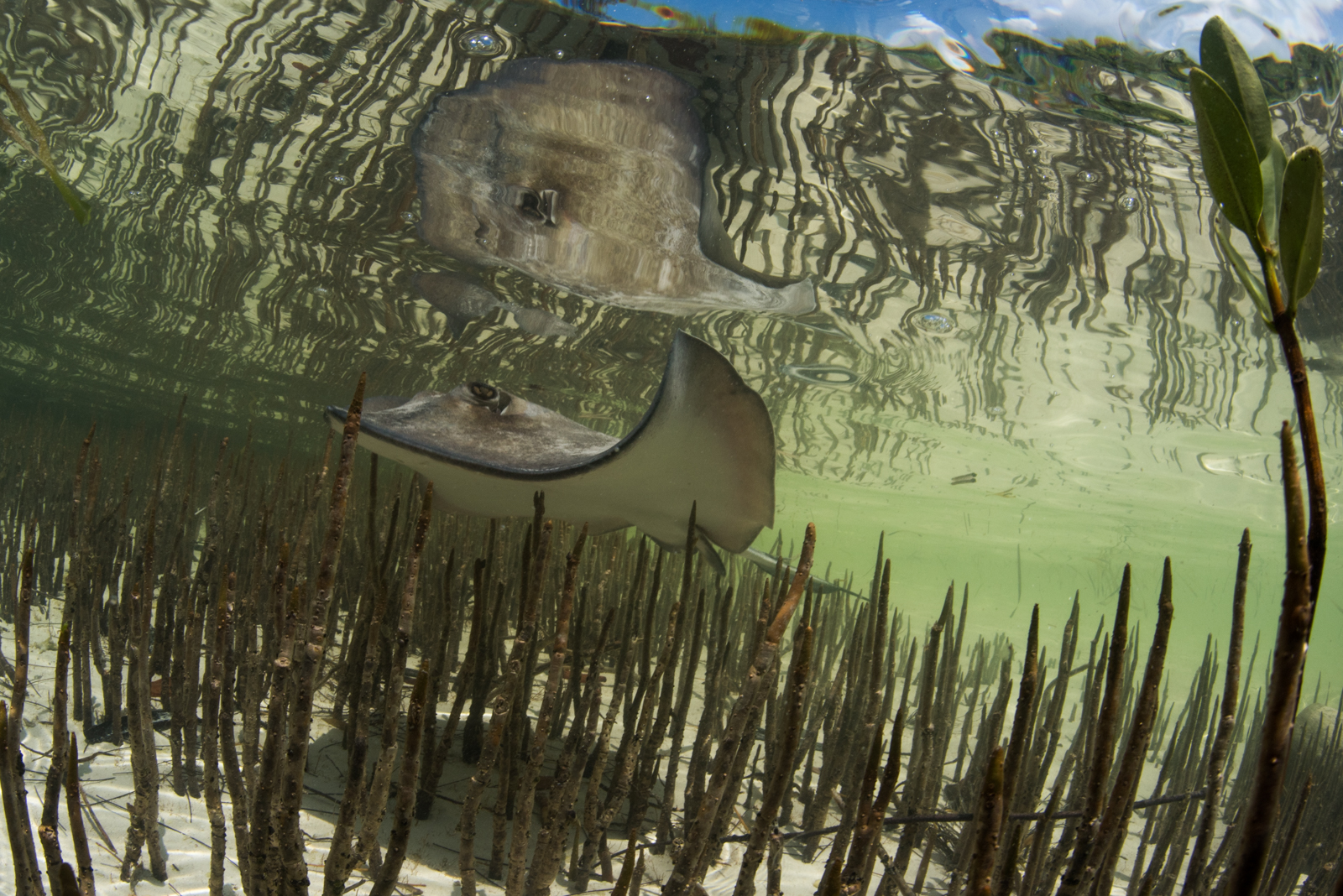Southern stingray
Hypanus americanus
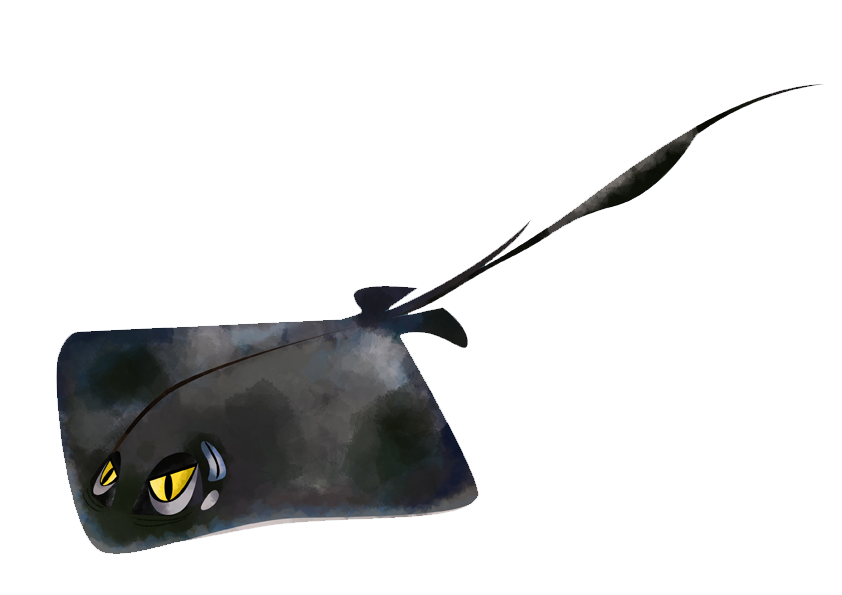

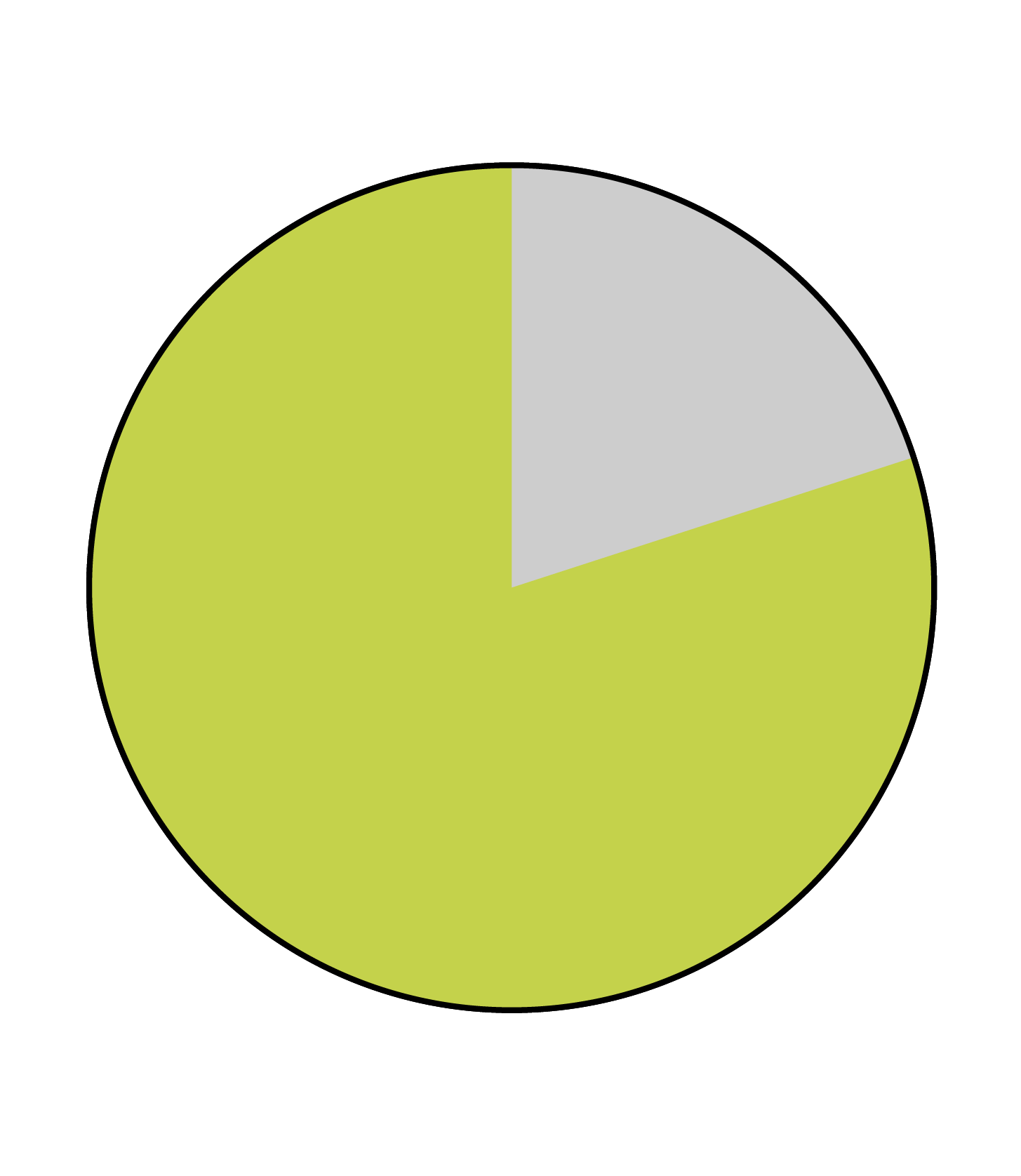
Southern stingrays are most often seen on the sandy flats around shallow mangroves and seagrass beds. They are the archetypal stingray, with a flat, diamond-shaped body and a venomous sting. They seek prey buried in sand, and often hide in the sand themselves. They are very popular tourist attractions at several locations, where they are fed to provide close encounters.
Identification
Southern stingrays have quite the stereotypical ray appearance. They are generally grey or brown on top, with a white underside. Their body is a flattened diamond shape as opposed to the rounded disc of many other ray species. They have a clear spine partway down the long tail, and the tail is rounded before the spine and flattened after it.

Special behaviour
Southern stingrays are able to bury themselves in sand to hide from predators, and will defend themselves using their venomous barb, which they can thrash over their head much like a scorpion.
Reproduction
Southern stingrays are ovoviviparous, meaning eggs develop and hatch internally, with the embryos sustained by a yolk sac. Litter sizes are relatively small (only 2 to 7 pups at a time), with gestation taking up to eight months. Females appear to produce litters every other year. Females mature at five years or older, at a size of approximately 0.8 m disc-width.
Habitat and geographical range
Southern stingrays can be found throughout shallow coastal waters of the western Atlantic from the USA to Brazil, but in particular in the Caribbean and Gulf of Mexico. They are most common in sandy habitats associated with mangroves, coral reefs and estuaries.

Diet
Primarily a nocturnal feeder, southern stingrays feed on a variety of prey such as worms, shrimps, crabs and small fish.
Threats
Southern stingrays are primarily threatened by overfishing. They are commonly caught in artisanal net and line fisheries, in some locations (e.g. Mexico) making up to 90% of the catch. Their meat is often used for food and bait, and they are typically released alive in the USA. They are also susceptible to habitat loss due to coastal development. Although there is evidence of population stability in some regions, they are estimated to have experienced population declines in the region of 20–29% overall, with a subsequent categorisation as Near Threatened on the IUCN Red List. Intense tourism is also of growing concern: for example there is evidence from the Cayman Islands that regular feeding has resulted in changes to feeding habitats, susceptibility to parasites and predation, and shifts from being active at night to the day.
Relationship with humans
Southern stingrays are a strong attraction for tourists who can enjoy close encounters in shallow waters without needing to snorkel or scuba dive. This can provide a valuable non-consumptive alternative to exploiting stingrays in fisheries, but still needs to be done responsibly as evidence shows that in locations with intense operations the stingrays’ behaviour and health can be substantially affected. Accidentally stepping on a ray could result in a sting of self defense that is usually painful but not dangerous. Where fished, stingray meat is consumed and used for bait, and in some areas their spines are used to make knives, spears and other tools.
Fun facts
Species can sometimes change names based on our understanding of them. The southern stingray is one of these species, once called Dasyatis americana, but now changed to Hypanus americanus.
Research has shown that feeding for ecotourism has inverted southern stingrays’ activity patterns, making this usually nocturnal species more active during the day.
References
Peter Last, et al, 2016, Rays of the World.
Florida Museum, Dasyatis Americana
Oceana, Southern Stingray
IUCN Red List of Threatened Species, Southern Stingray: Dasyatis Americana
